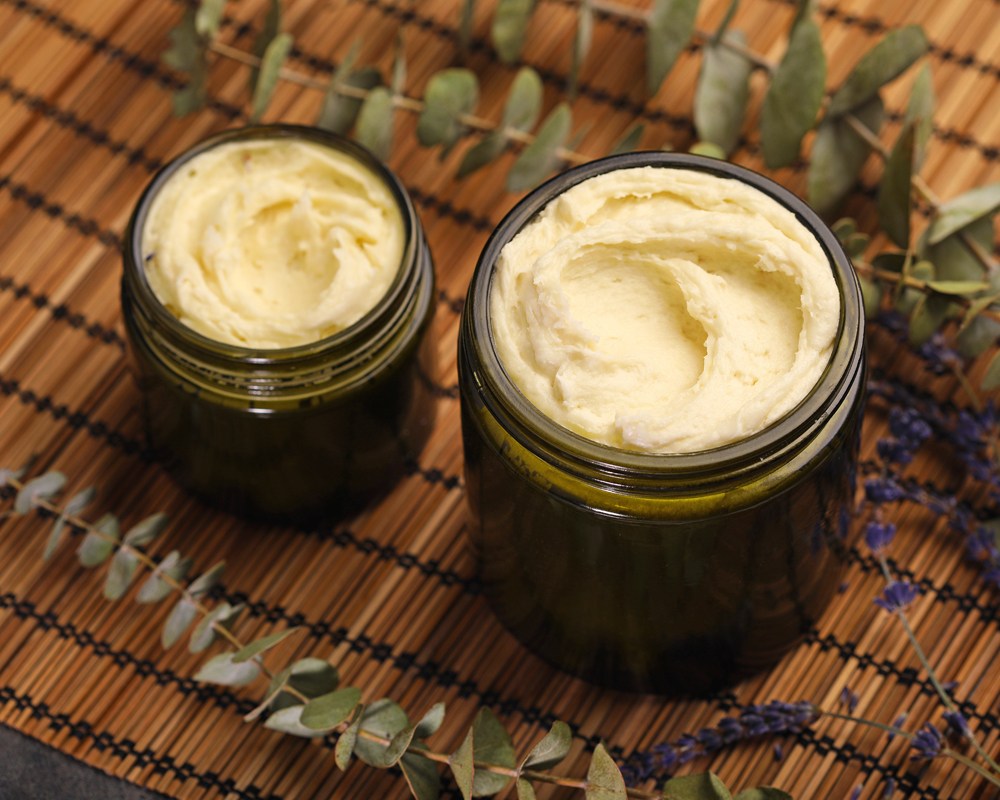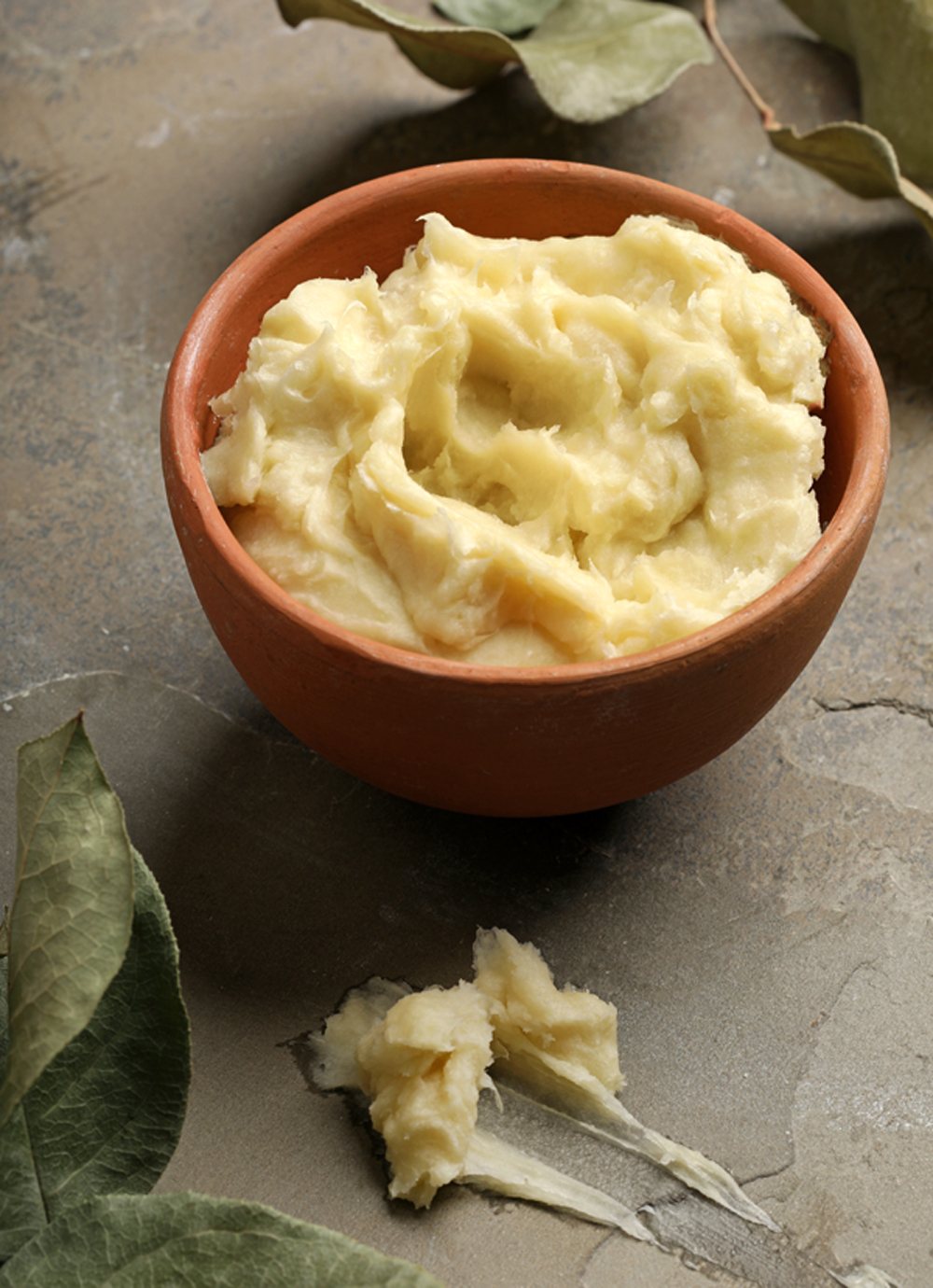
As soon as you try our new raw shea butter, it’s going to be a staple in your collection. It has all the qualities you know and love - a thick, creamy texture and unbeatable moisturizing properties. But what makes this butter special is where it comes from.
It’s made by hand in Ghana using techniques passed down through generations. Learn more about how this shea butter is made and how it's helping families below!
How Baraka Shea Butter started
Gifty, co-founder of Baraka Shea Butter, was visting northern Ghana in the early 2000s when the idea was born. She made sure to bring gifts for her friends and family every time she came home for a visit. And while they were appreciative, what they really wanted was the opportunity to work and earn consistent income.
Gifty got to work finding a market for the shea butter they've been making for centuries. In 2013, she and co-founder Wayne started selling it online and eventually started a Facebook page in 2018 to share their story. They've now sold Baraka shea to more than 60 countries and have expanded their line to include cocoa butter, coconut oil, and more.
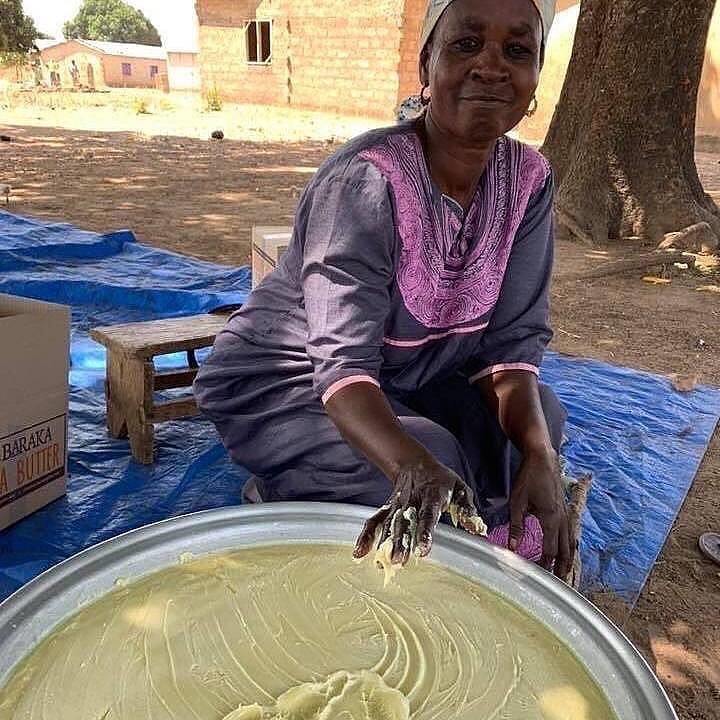
How it's made
Every part of this process is done by hand. It starts with gathering shea fruit from the trees, which is cleaned and transported to the processing facility. Then, the nuts are ground, roasted, ground again, and whipped. Lastly, the women cook the butter, strain it, and let it solidify. The butter is packed by hand before shipping out. Learn more about each step here here.
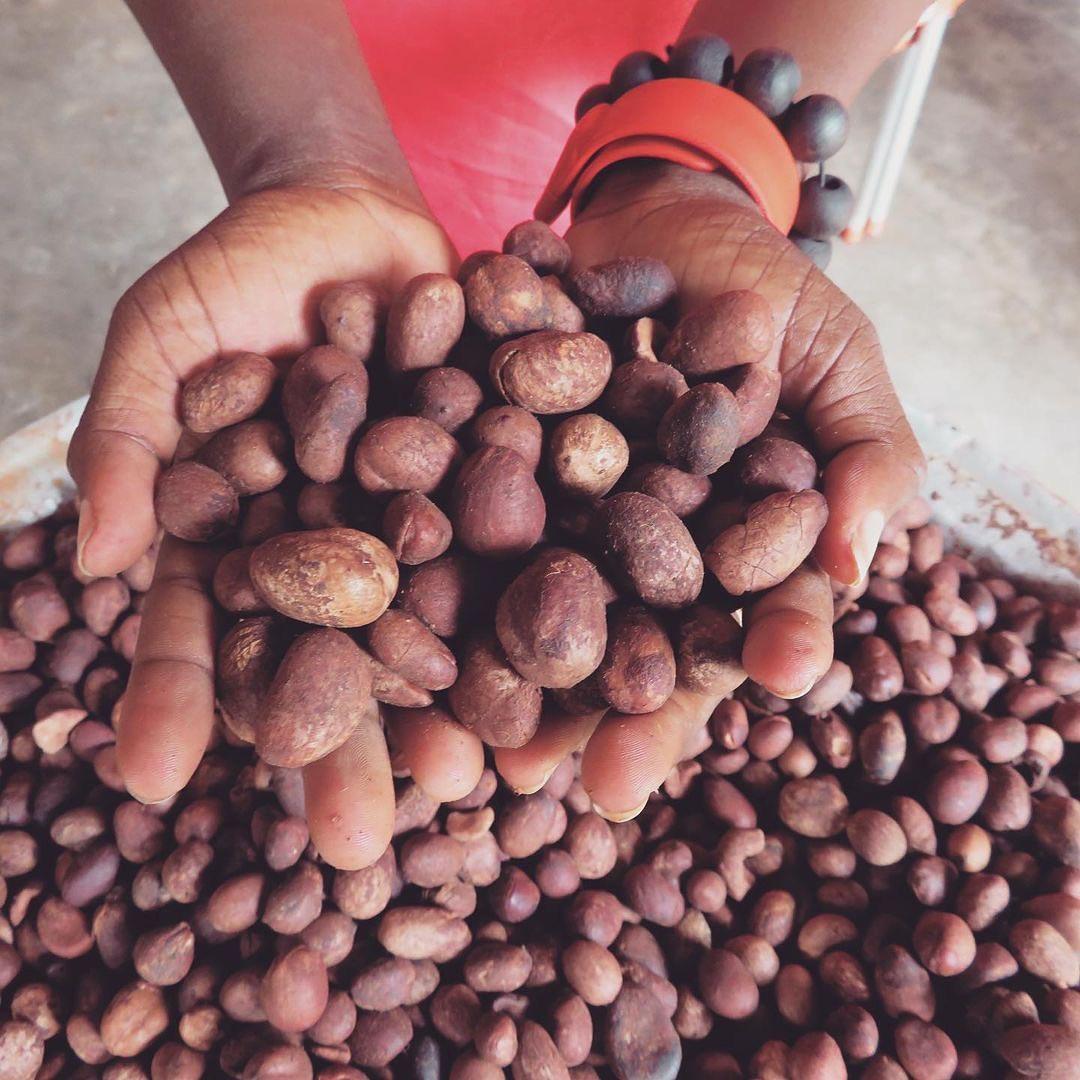
This process is completely sustainable and there is no waste. The shells are used to create fires, the butter residue is used for cooking, and any impurities are used to make black soap and lantern fuel.
"Gifty's and my belief is that business can and should be a force for good, integrating social value, business value, and environmental stewardship," Wayne said. "This was reinforced by Gifty’s personal and family connections to the women and communities where Baraka Shea Butter was made."
Impact on families in Ghana
Previously, women in the community had to travel to urban centers to work. But now that the shea butter production is close to home, they're able to work, watch their children, and educate them all in the same place. It also makes it easier to deal with medical issues, family emergencies, etc.
Zenabo, one of the women who makes Baraka Shea, said they hope people love their work.
“We are thrilled with the new customers that Baraka brings," she said. "Every one helps us to earn more and do more for our families."
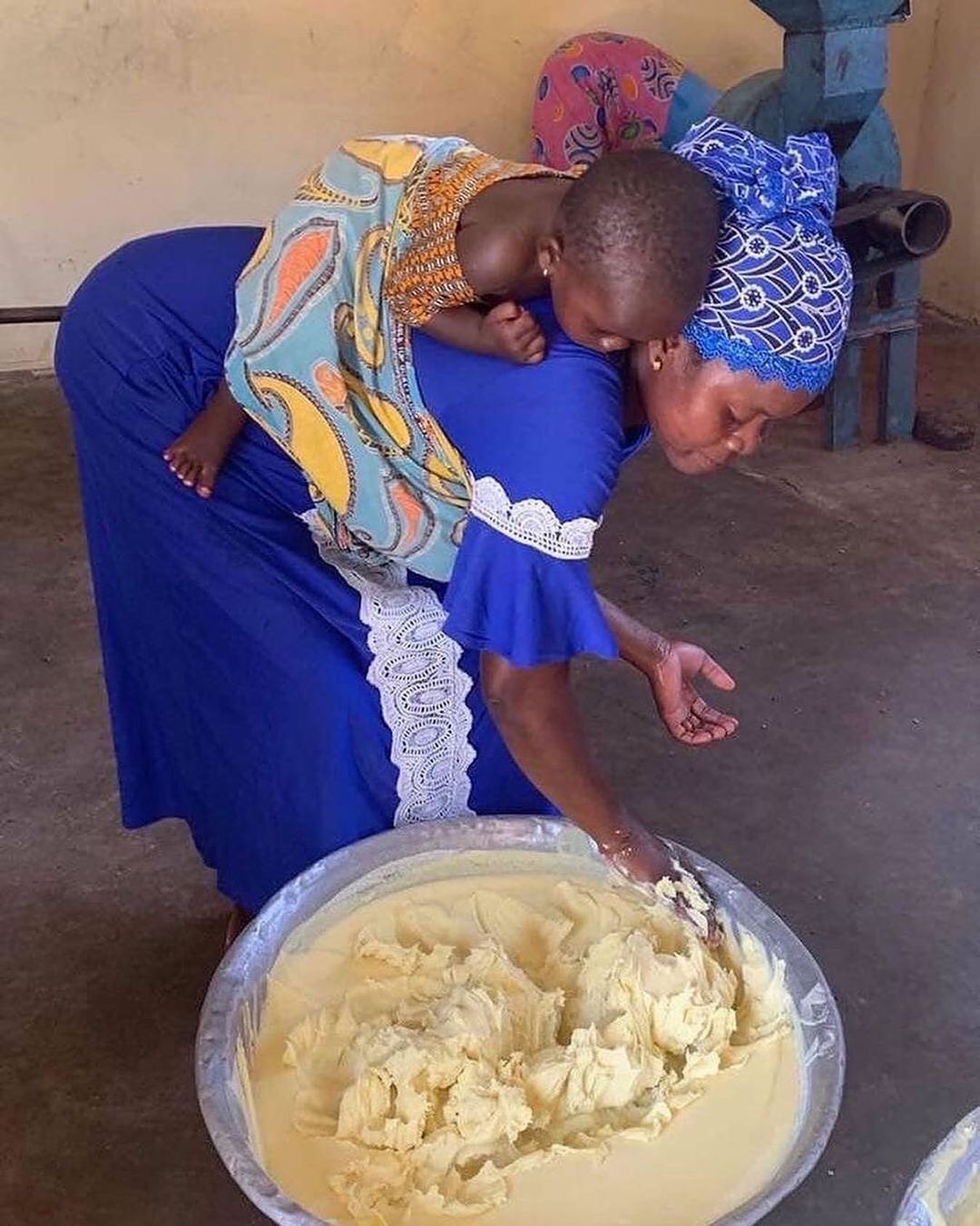
Making shea butter with a little help
Wayne said they also built a center to produce the shea butter that the women can also use for other jobs.
"Every order, every sale - it has an impact on these hard-working women," he said.
How to use raw shea butter
This butter is completely natural and unrefined. That means it has a smoky scent and a subtle grayish-yellow color, while refined shea has a neutral color and scent. Both feel amazing on the skin, so which one you choose is up to you.
It's perfect for DIY bath and body projects - it will keep your skin moisturized all day long. We especially love it for body butter and lip balm. We recommend tempering it to prevent graininess. Learn how in the Making Soap in the Summer article.
We recommend raw shea butter in these amounts:
- Cold process soap - up to 16% of the total weight
- Lotions and creams - up to 5%
- Balms - up to 100%
